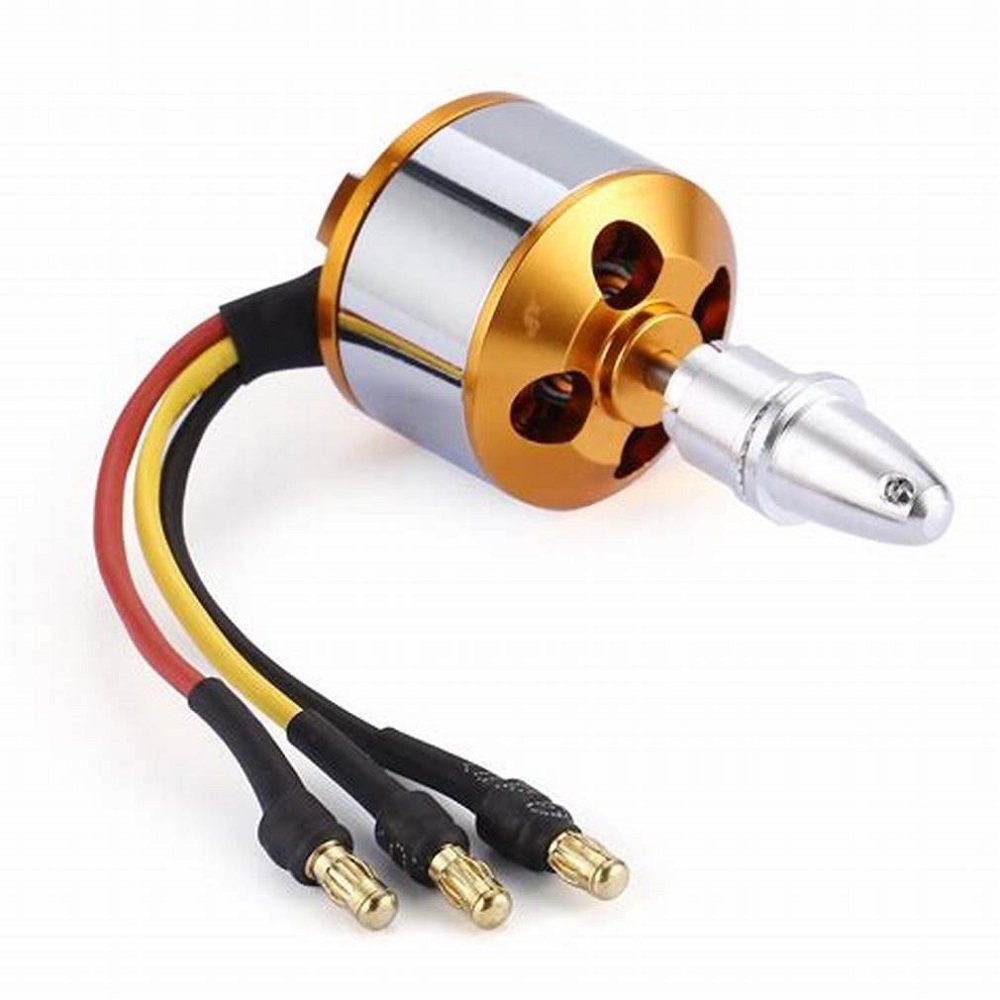Brushless motors are ubiquitous today—powering everything from drones to electric vehicles and robotic systems. Their evolution has sparked a significant shift in technology, allowing for more efficient, reliable, and versatile applications across multiple fields. Understanding the journey of brushless motors not only highlights their current uses but also illuminates their future potential. This article breaks down the basics of brushless motor, traces their evolution, and showcases their advanced applications in diverse industries.
What is a Brushless Motor?
The Fundamentals of Brushless Motors
At its core, a brushless motor is an electric motor that operates without brushes, a crucial difference from traditional brushed motors. In brushed motors, brushes transfer electricity to the rotor, resulting in mechanical friction. This friction leads to wear and heat generation, reducing life expectancy and efficiency. In contrast, brushless motors circumvent this problem by using electronic controllers to manage power flow to the rotor. A brushless motor consists of a stator made of coils and a rotor that contains permanent magnets. When electricity reaches the coils, an electromagnetic field forms, interacting with the rotor’s magnets and causing it to spin. This mechanism allows for greater efficiency and reliability, making brushless motors popular in many applications.
Key Components and Working Mechanism
The brushless motor’s key components include the rotor, stator, and electronic controller. The electronic controller acts as the brain of the motor, dictating when and how to deliver power to the coils based on desired speed and direction. This precise control allows for adaptable and efficient performance, which is essential in applications that require exact movements. The elimination of brushes not only enhances efficiency but also simplifies the design, reducing potential points of failure. Understanding these basics lays the foundation for exploring how brushless motors have advanced over time and how they have become integral to modern technology.
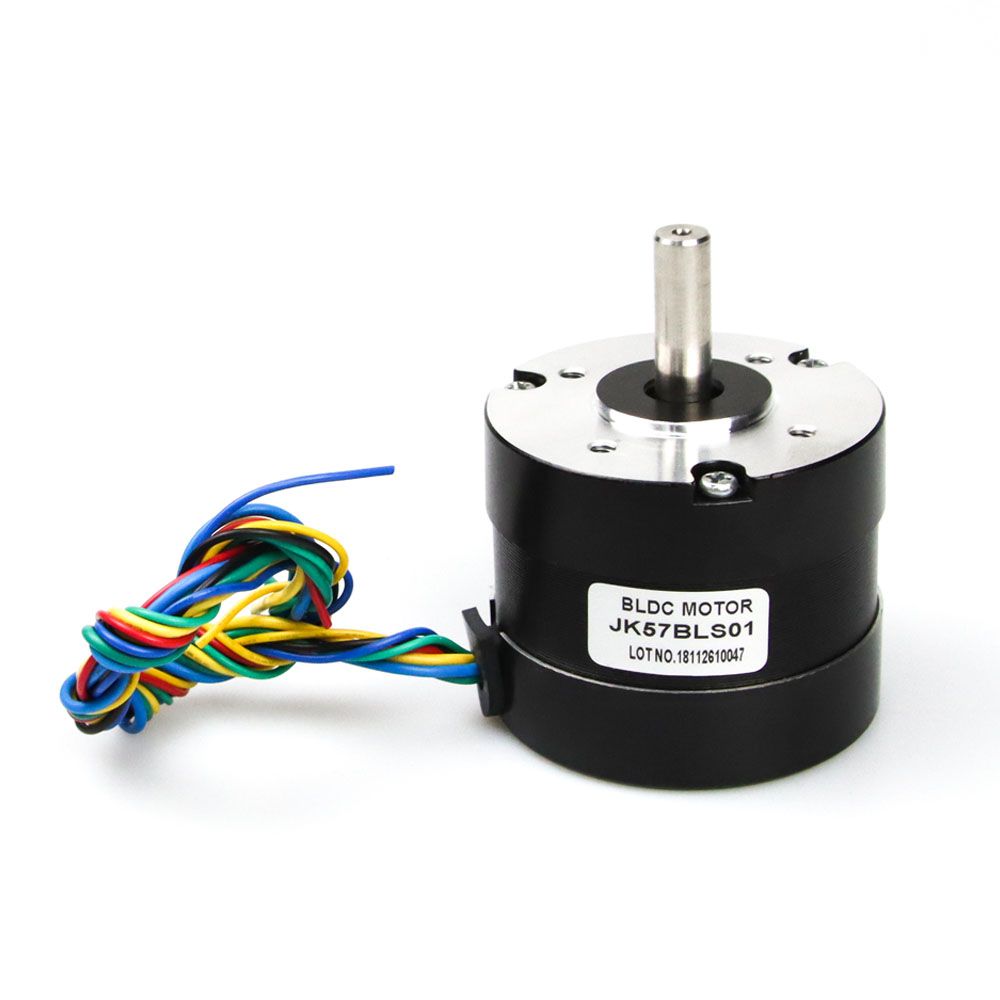
The Historical Context
Early Developments in Motor Technology
The history of electric motors is rich, dating back to the early 19th century, when pioneers like Michael Faraday and Joseph Henry laid the groundwork for electromagnetic principles. Early motors predominantly relied on a brushed design. In these systems, brushes facilitated electrical contact with the moving rotor, but various challenges emerged, including inefficiency and mechanical wear. Addressing these issues drove engineers to explore alternatives that could provide improved performance and durability. Early experiments paved the way for the eventual creation of brushless motors, as engineers began to seek designs that could maximize efficiency while minimizing maintenance needs.
The Advent of Brushless Technology
The first operational brushless motors began to appear in the 1960s and 1970s, during a time of rapid technological advancement. Engineers started experimenting with innovative materials such as new magnet types and advanced winding techniques. These improvements laid the groundwork for better motor designs that could operate more efficiently than their brushed counterparts. As electronic control systems advanced, brushless motors became more practical for various applications. This evolution not only highlighted the potential of brushless technology but also marked a paradigm shift in the approach to electric motor design, enhancing their viability across multiple industries.
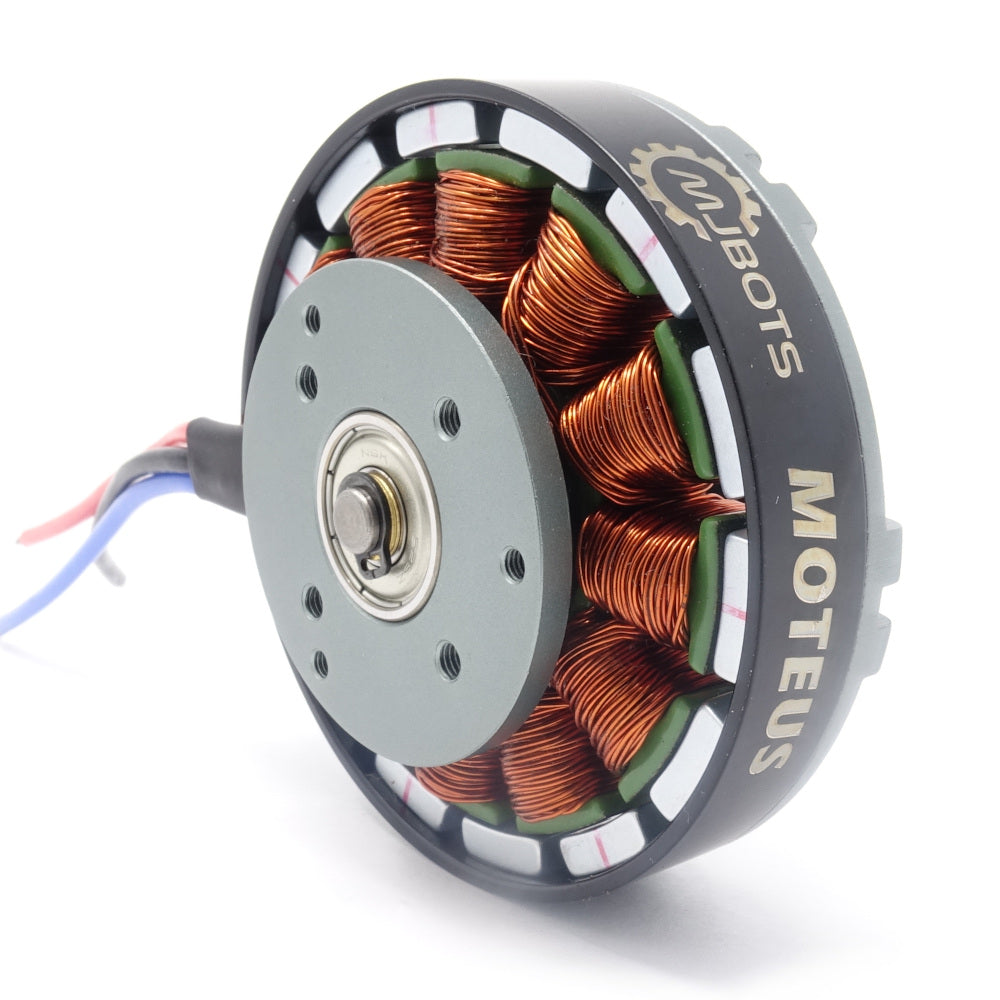
The Advantages of Brushless Motors
Higher Efficiency and Performance
One of the standout advantages of brushless motors is their remarkable efficiency. They convert electrical energy to mechanical energy with minimal waste, generating less heat and consuming significantly less power compared to brushed motors. This efficiency leads to longer operating times, especially crucial for battery-powered devices like drones and electric vehicles. Users benefit not only from enhanced performance but also from reduced energy costs. Efficient designs contribute to lower electricity bills and less frequent battery replacements, making brushless motors more environmentally friendly and cost-effective.
Reduced Maintenance and Longevity
Another considerable benefit of brushless motors is their reduced maintenance requirements, stemming from their construction free of brushes. As there are no moving parts rubbing against each other, the wear and tear commonly seen in brushed motors is largely eliminated. This design results in significantly lower maintenance requirements, translating into longer lifespans for brushless motors. Users can depend on these motors for years of reliable service with minimal downtime for repairs. This durability is particularly valuable in essential applications such as medical devices, automotive systems, and industrial machinery, where reliability can directly impact productivity and safety.
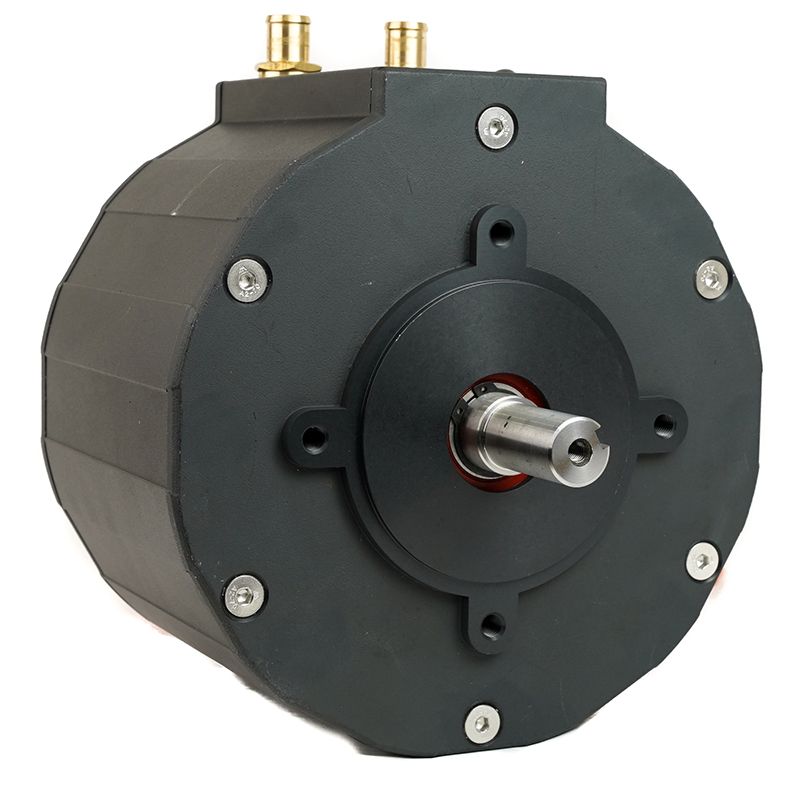
Evolution of Control Systems
The Growth of Electronic Speed Controllers (ESC)
The development of electronic speed controllers (ESC) has played a vital role in the evolution of brushless motors. These controllers manage the power supplied to the motor, allowing for smooth acceleration and deceleration, a feature particularly important in applications requiring precise movements. Modern ESCs have advanced into sophisticated devices capable of handling complex control algorithms. They enhance motor performance through features like regenerative braking, which recovers energy during deceleration, contributing to improved overall efficiency in battery-powered applications.
Real-Time Feedback and Smart Integration
Integrating advanced sensor technology into control systems has led to even greater enhancements in motor performance. Sensors provide real-time feedback regarding the motor’s speed, temperature, and positioning. This invaluable data helps engineers refine performance characteristics and optimize energy consumption. With real-time feedback, users can adjust the motor’s operation based on current demands. This adaptability is crucial in applications requiring fine precision, such as high-performance drones or robotic arms in industrial settings, where every millisecond and every movement can make a difference.
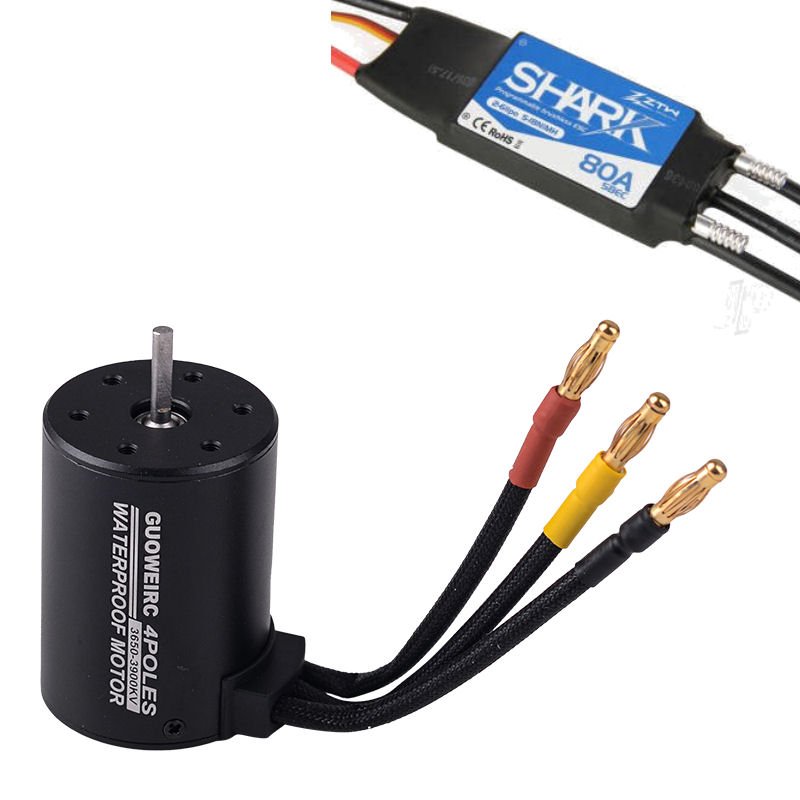
Applications in Modern Technology
Drones and Aerospace
Brushless motors have revolutionized the drone industry. Their lightweight, compact design enables drones to achieve incredible flight durations while maintaining exceptional performance levels. The thrust generated by brushless motors allows drones to lift heavier payloads, such as high-resolution cameras or specialized sensors. This capability has opened innovative applications in aerial photography, surveying, agriculture, and delivery services. With the rise of drone technology powered by brushless motors, entire industries are evolving—enabling more efficient data collection, monitoring, and logistics.
Robotics and Automation
In the field of robotics, brushless motors play a pivotal role in achieving precise movements and high levels of performance. Their ability to handle varying loads while maintaining efficiency is essential for robotic arms used in assembly lines, as well as for collaborative robots (cobots) that operate alongside human workers. Engineers design these robots to perform smooth and accurate operations on assembly tasks, improving productivity while ensuring safety. The versatility of brushless motors allows them to be integrated seamlessly into a wide range of robotic systems, from household devices to industrial machinery, ensuring adaptability across applications.
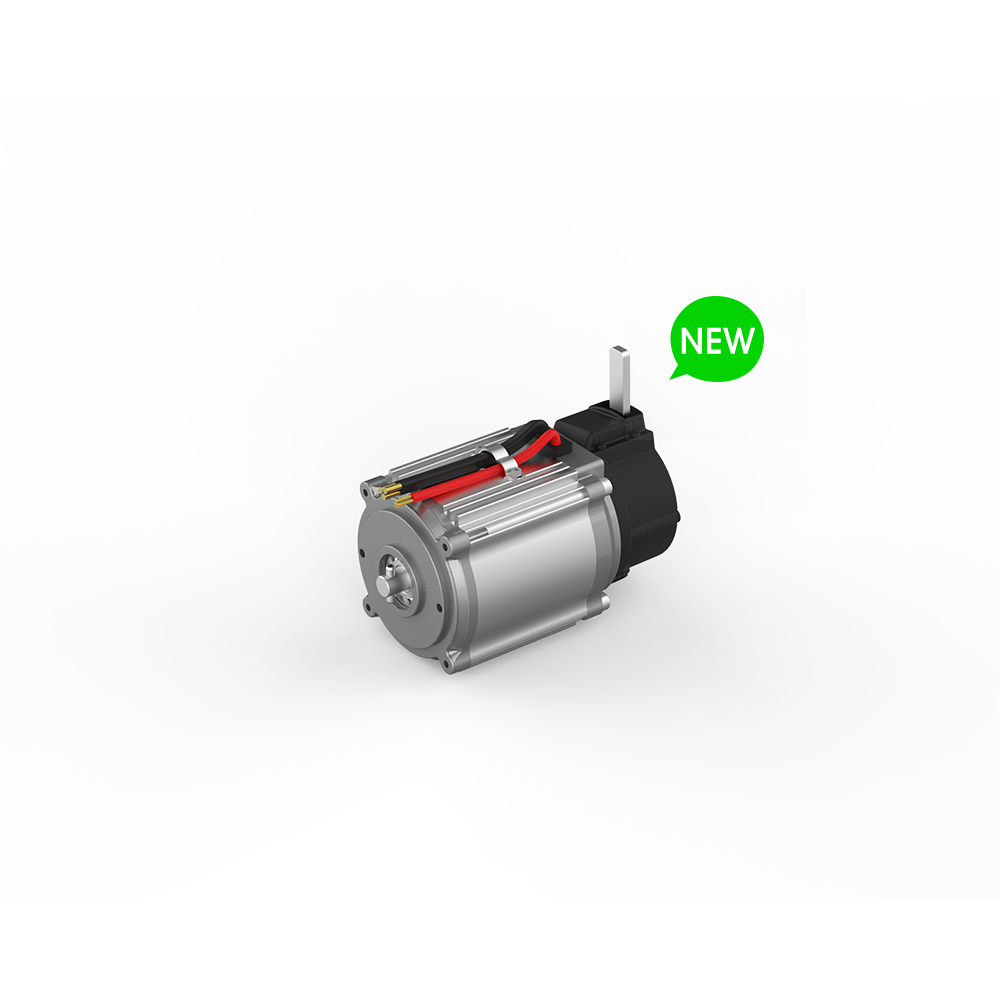
Innovations in Brushless Motor Design
Material Advancements
Material science has significantly impacted the development of brushless motors, with modern innovations leading to better performance and efficiency. Early brushless motors relied on basic ferromagnetic materials. Today, advancements have introduced materials like rare-earth magnets and advanced composites that enhance efficiency and overall performance. These modern materials have allowed engineers to create motors capable of operating at higher power densities while maintaining a compact form factor. This change not only improves the power-to-weight ratio but also ensures long-lasting durability in demanding applications.
Miniaturization and Customization
As technology evolves, so do the possibilities for designing smaller and more efficient brushless motors. Miniaturization has made it feasible to integrate brushless motors into compact devices, such as smartphones and wearables, without compromising performance. Additionally, manufacturers now offer customization options, allowing engineers to select motors tailored to specific applications. This flexibility enables developers to enhance product designs and meet particular needs, whether it’s in weight-sensitive drone designs or precision robotics. The ability to customize motor characteristics ensures that brushless motors remain at the forefront of innovation, adapting to the changing landscape of technology.
Future Prospects and Trends
Emerging Technologies
The future of brushless motors looks promising, especially with ongoing developments in artificial intelligence, the Internet of Things (IoT), and renewable energy systems. As industries strive for smarter, more efficient solutions, brushless motors will likely play a pivotal role in these advancements. Their inherent adaptability positions them well for integration into smart devices that operate autonomously based on real-time data. As engineers look toward the future, the potential applications for brushless motors seem limitless, with opportunities spanning various sectors including healthcare, automation, and energy management.
Sustainable Practices
With growing awareness surrounding environmental issues, sustainability initiatives have driven manufacturers to develop greener technologies. Brushless motors inherently align with these goals, as they are more efficient and produce lower emissions than traditional motors. Ongoing research into recycling materials and energy recovery systems will likely shape the future landscape of brushless motor technology. Innovations such as regenerative braking systems enhance motor efficiency while promoting sustainability, appealing to eco-conscious consumers and industries striving for a smaller carbon footprint.
Embracing the Future of Brushless Motors
The evolution of brushless motor has transformed numerous industries, showcasing remarkable advantages over traditional motor designs. From their basic operating principles and historical context to advanced applications and future innovations, brushless motors are paramount in today’s technology landscape. Their efficiency, durability, and adaptability continue to drive advancements in robotics, aerospace, and beyond.
As technology evolves, particulary with trends such as smart automation and sustainability, brushless motors will play an even more crucial role in shaping the future. Embracing these advancements allows industries to leverage the unique strengths of brushless motors, leading to innovative solutions that meet contemporary challenges effectively. The continued integration of brushless motors promises to not only enhance performance but also contribute to smarter, greener technology. As we move forward, the potential applications and innovations surrounding brushless motors will undoubtedly expand, paving the way for a new era of powered solutions that redefine our interactions with technology.
